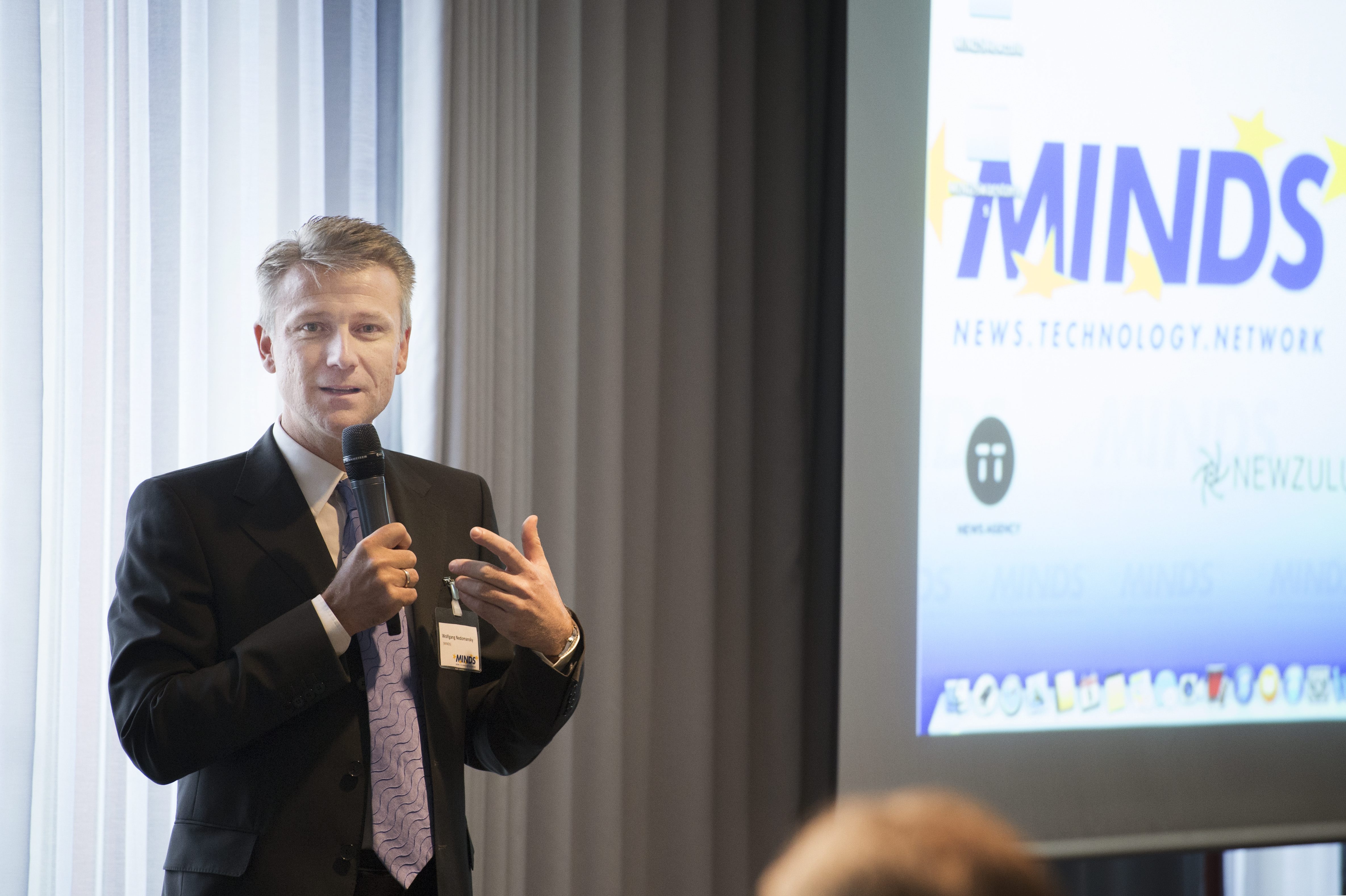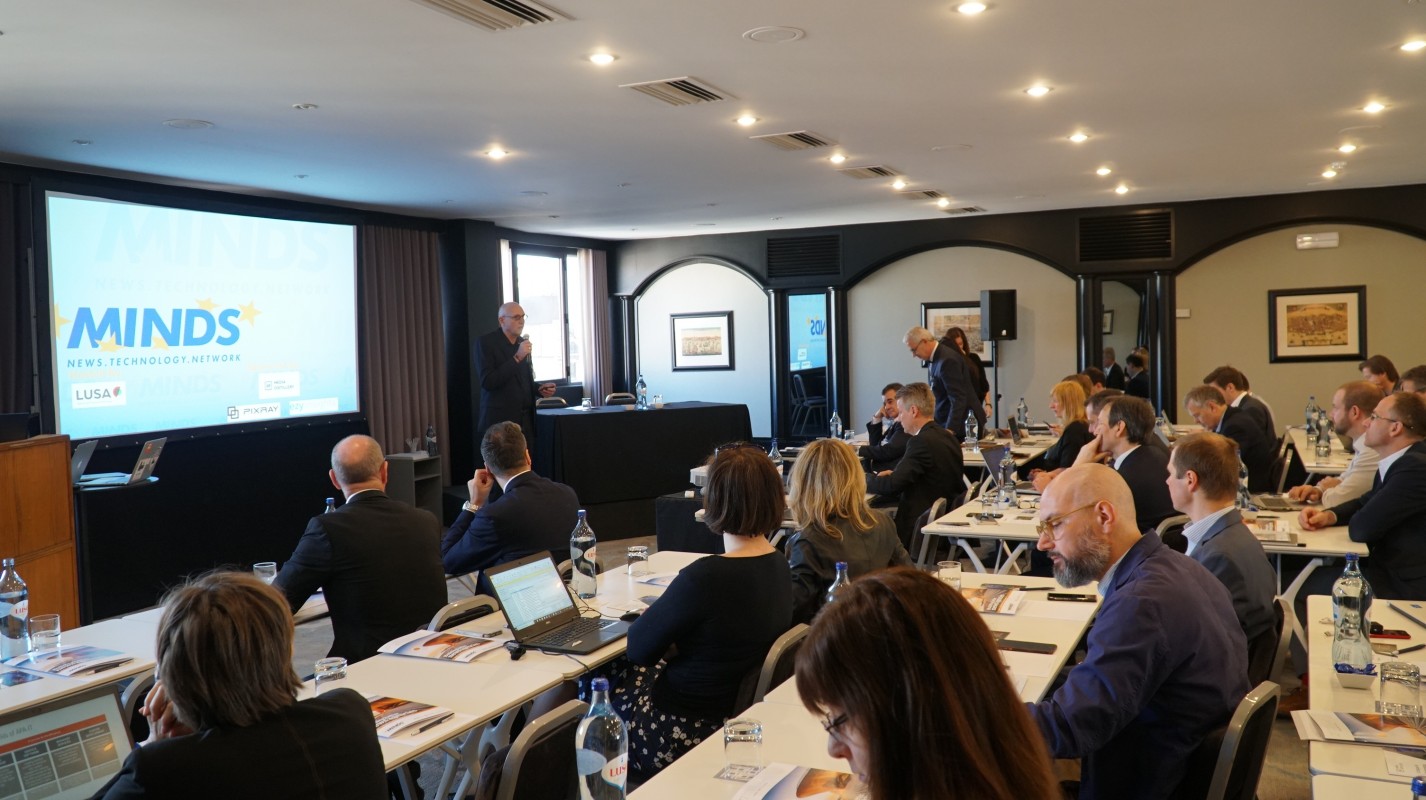From ‘Fire and Forget’ to Data-Driven Publishing: How News Agencies are Solving Journalism’s Technical Challenges

News agencies – the virtual engines of media production – are well aware of the benefits that come from collaboration. Ever since The Associated Press was established 1846 to help five New York City newspapers share the costs of covering the Mexican–American War, the world’s “wire” services have produced, curated, and distributed content to fill our newspapers and populate our websites.
But what, specifically, can news agencies do collectively to address journalism’s many political, economic, and technical challenges? We recently caught up with Wolfgang Nedomansky, the Managing Director of MINDS International, one of the world’s leading networks of news agency CEOs, CTOs, editors and business professionals – and a longtime Sourcefabric partner – to discuss the unique role that news agencies have in shaping the media landscape.
In the past, news organisations were often seen as resistant to change and uninterested in working together. Has this changed?
I think it has. I can just say for the news agencies, editors are aware of the business side. They need to deal with costs, revenues and success of their stories. The journalist distributing an online story can no longer simply answer questions about where it is used, how often is it being opened and how much of the story was read. Today, he gets the statistics and if the data suggest that the story isn’t working, he can act. He might rewrite the title or the entire story. It's not about fire and forget, as it was in the past. Producing a newswire [today] requires producing content that works.
We are also seeing more news agencies cooperating on technical projects. Why do you think this is?
It’s about efficiency. For instance, if you look at MINDS members, a couple of agencies might find out that other agencies are all doing pretty similar things and realise that it doesn’t make sense. For instance, if the Czech News Agency – ČTK – develops a new service or product, it does so for a small market, the Czech Republic. Why not cooperate by developing such service together or using an existing one in other markets as well? There are more and more platforms, more and more technologies that a news agency must embrace and deal with. Efficiency and collaboration are keys for the success of news agencies in the future. If you team up and develop a system together at shared cost, you can save money. And you can always make it more efficient by sharing costs via an open-source environment.

Media executives discuss collaboration at MINDS conference in Lisbon.
Publishers have typically favored in-house solutions to their content management needs. How is the situation different for a news agency?
In general, news agencies’ CMS needs are much more complex [than publishers’ needs], and an agency CMS has to be compatible with more formats and databases. Something purchased from a standard provider would not work well for an agency. An agency needs a customized system. The challenge is to keep it cost efficient. Also, because we can never know about future requirements, a news agency CMS needs to be flexible and constantly developed, requirements that are well-suited to an open-source environment.
Unlike traditional publishers, national news agencies don’t really compete with each other. Does this make them more open to collaborative projects?
That is actually a core principle of MINDS. If you look at our statutes, our articles of association, we basically allow only one member per country. It's important that it stays a collaborative approach, meaning if there is a competition between two or three agencies in a specific market, it will never work. As you said correctly, the national news agencies are not competing with each other, they are not competitors at all, and in a group like MINDS, that fosters an openness and willingness to collaborate.
MINDS members on a study tour in New York.
What types of technical collaborations are your network’s news agencies currently involved with?
Any technology that you can imagine. If you look at the Google DNI (Digital News Innovation) funding, MINDS agencies have been extremely successful, above average, in all the rounds. For example, a group of agencies are currently working on an initiative to develop a system for full data-driven publishing, analysing and using data to track user behaviour on what content is engaging. This helps news agencies produce the right content for their audiences.
For instance, compared with just a few years ago, it’s no longer about the number of stories an agency produces, but rather, do readers find the content engaging. Remember, the objective for a publisher is to get a subscriber, but to make a “fly by” reader a subscriber requires specific content. Getting the data, analysing data, translates to producing and distributing the right content to the right audiences.
Another Google DNI project that is in its early stages is a joint sports database. Once again, there are a lot of international sporting events that agencies cover and it's a lot of work. So, two agencies are currently developing some technical infrastructure for that. The next step will be for agencies to contribute and share content and data to this database.
